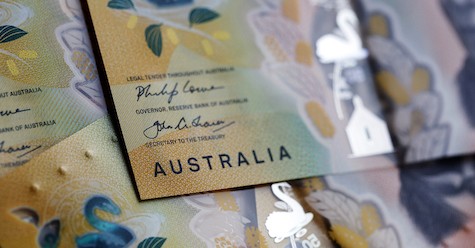
.
Notwithstanding this favourable global performance there is widespread financial illiteracy within Australia, particularly amongst young people. There are also large and significant gender gaps with women, on average, less financially literate than men.
Statistics suggests that around 8.5 million (or 45%) of adults in Australia are financially illiterate.
The following five questions indicate how financial literate you are:
Q1: Interest Rate: “Suppose you put $100 into a no-fee savings account with a guaranteed interest rate of 2% per year. You don’t make any further payments into this account and you don’t withdraw any money. How much would be in the account at the end of the first year, once the interest payment is made?”
Q2: Inflation: “Imagine now that the interest rate on your savings account was 1% per year and inflation was 2% per year. After one year, would you be able to buy more than today, exactly the same as today, or less than today with the money in this account?”
Q3: Diversification: “Buying shares in a single company usually provides a safer return than buying shares in a number of different companies.” [True, False]
Q4: Risk: “An investment with a high return is likely to be high risk.” [True,False]
Q5: Money Illusion: “Suppose that by the year 2034 your income has doubled, but the prices of all of the things you buy have also doubled. In 2034, will you be able to buy more than today, exactly the same as today, or less than today with your income?” or “don’t know”.
NB: To some these questions are easy to answer but remember that research has found that around 8.5 million Australians will struggle to answer all five.
23rd-July-2023 |